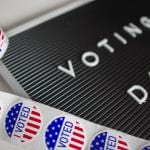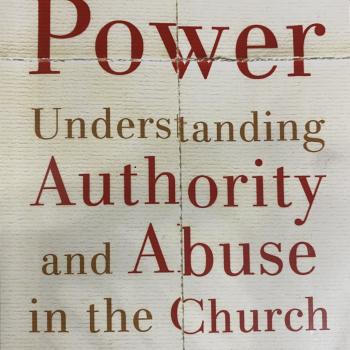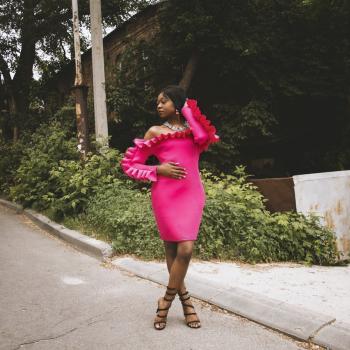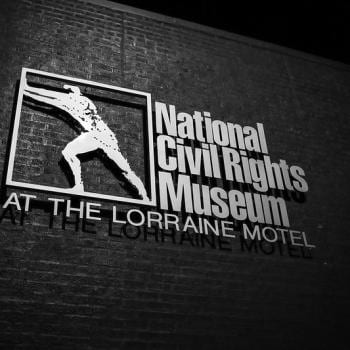
Understand White Privilege
Lori Lakin Hutcherson, in her thought-provoking essay on white privilege, writes about her first date with her now-husband. This successful African-American man happened to drive a luxury car.
As she sat down in the front seat, she noticed a package of baby wipes. He told her he used them to wipe things down.
Turning around to buckle her seatbelt, she saw a stuffed animal in the rearview window. Insisting that he didn’t have kids, he explained that after getting pulled over multiple times for no apparent reason, a friend of his, also a police officer, gave him some advice. He told him “to put a stuffed animal in the rear window because it would change ‘his profile’ to that of a family man, and he was much less likely to be stopped.”
If you can drive at night with no fear of flashing lights, you live with white privilege.
One of my black friends asked me directly, “How many times a day do you think about the fact that you are white?”
After giving her question serious consideration, I answered, “Never. I never think about the color of my skin.”
“That’s part of white privilege,” she said. “I am always aware that I am a black woman existing in primarily white spaces.”
Another friend explained it this way. White privilege does not mean you grew up with a silver spoon in your mouth. White skin does not protect you from trials, hardships, and difficulties. It does mean that the color of your skin does not cause trials, hardships, and difficulties.












